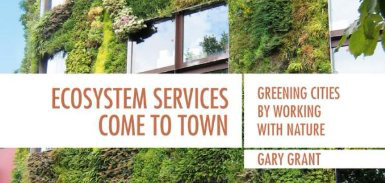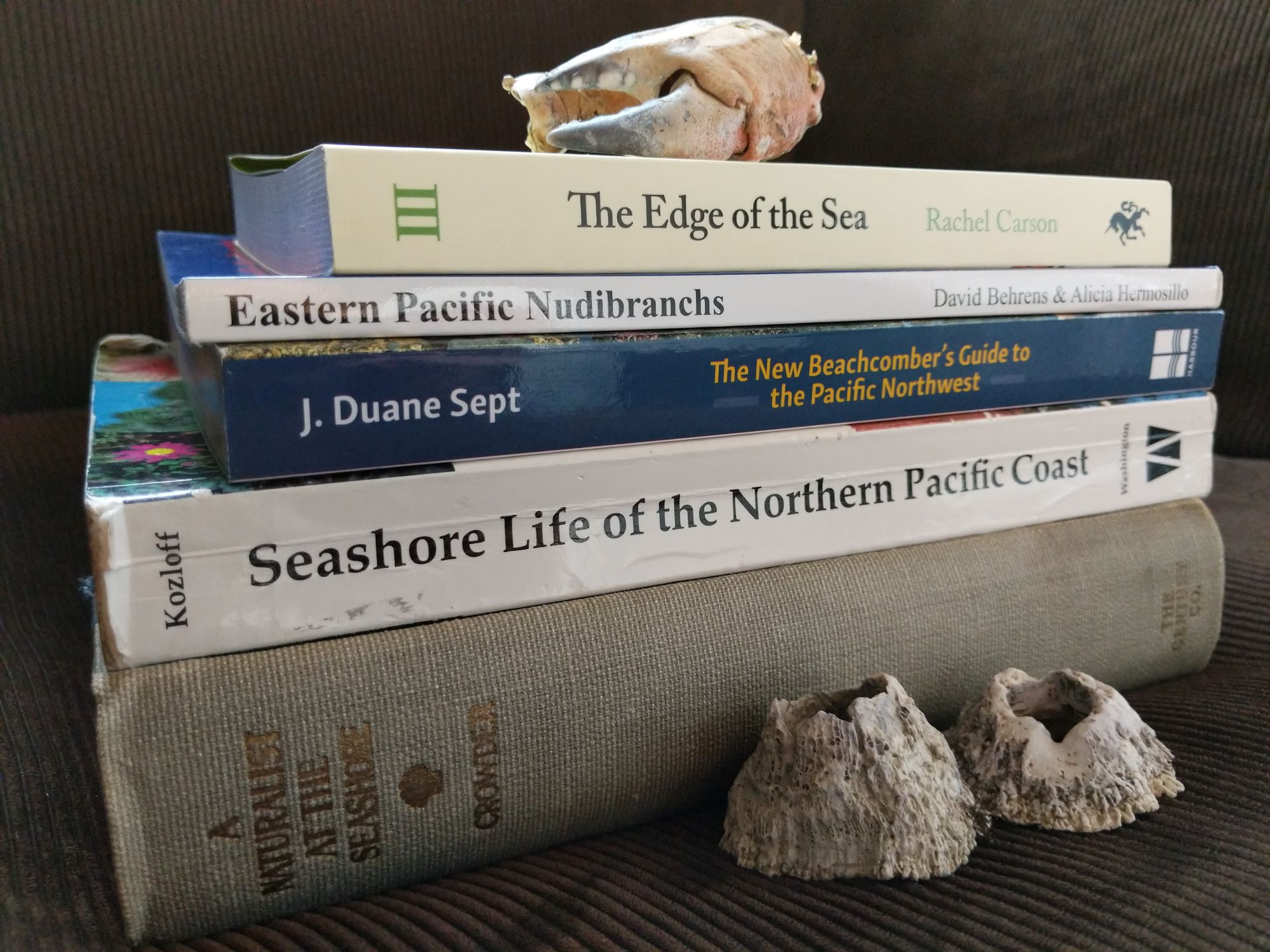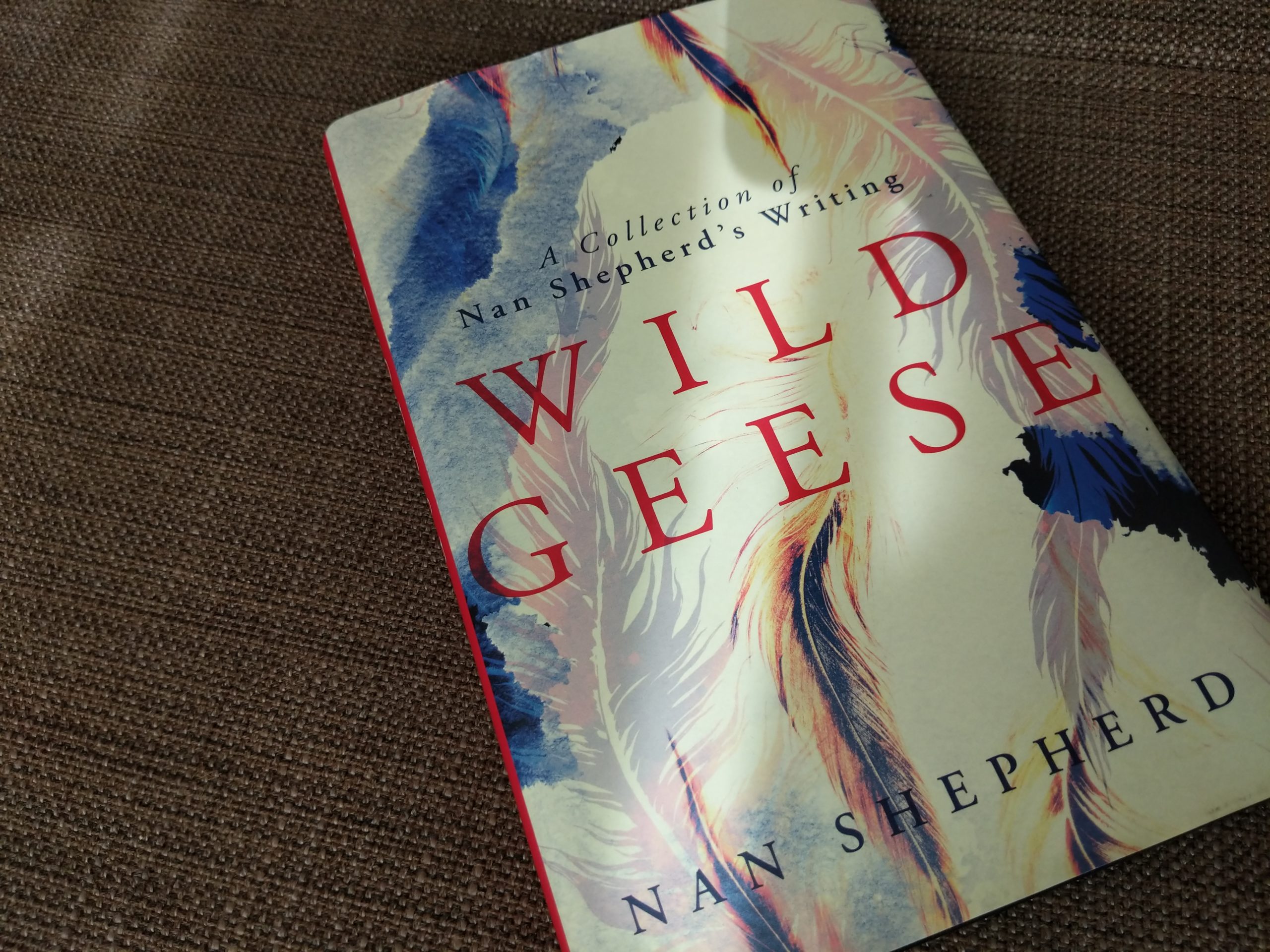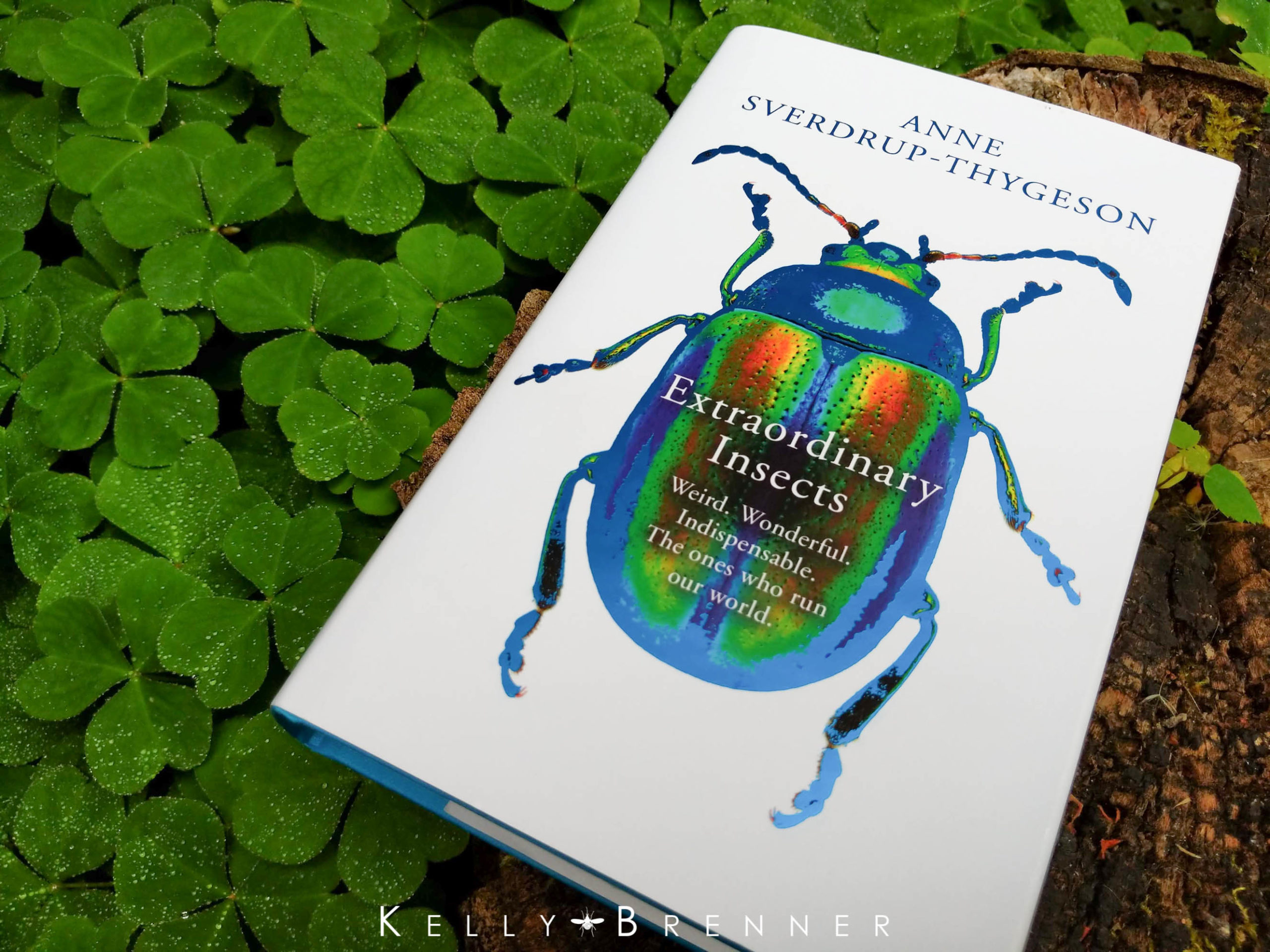The most important objective in the management of the environment must the the maintenance of biodiversity and the habitats that support it, because without this we cannot survive.
When a book has a quote like this, it’s a must-have for me. Ecosystem Services Come to Town: Greening Cities by Working With Nature is a new book by Gary Grant, published last year by Wiley-Blackwell. It’s an excellent overview of urban design which features a topic near and dear to this blog, urban biodiversity. Too many books on urban design focus on solar power, alternative transportation, energy efficient buildings, zero waste and other buzz words but leave out the rest including habitat and plants. With the subheading of ‘Greening Requires Greenery’ in the conclusion, Grant illustrates perfectly something I’ve been trying to say for a long time:
Remember that a city, neighborhood or building isn’t truly green without water, soil, vegetation and wildlife.
The book starts out with the story of cities, a fascinating history if you haven’t studied up on it before. This history includes the affect of agriculture on the population and how it eventually gave rise to ancient cities. This is followed by the rise of civilization and the changing and expanding cities leading up to modern cities. Grant touches on many topics which affect modern cities including railways, rapid growth, health, planning and transportation. The importance of knowing this basic history as the author states is that cities are a relatively new thing “and we have much to learn and act upon if it is to persist”. Also highlighted are many of the issues which we currently face including habitat loss and fragmentation, how cities impact the hydrological cycle, pollution, heat island affect, light pollution and even the materials we use.
With the discussion of cities aside, the book gets into the really fun stuff. Although you shouldn’t skip ahead! While the first four chapters might not be as fun, they are equally important, and if we don’t take the time to understand it, we will likely fail in our efforts to improve upon our cities.
The book then offers a look at ecology and a fascinating history of who, when, where and how cities started to change by recognizing the importance of urban ecology. One of my favorite topics was how urban wildlife conservationists went from being dismissed to being an important part of conservation. Other interesting discussions include biomimicry, the Sustainable Sites Initiative and other topics often covered on The Metropolitan Field Guide. It feels like this book was written for me!
Chapter 6, titled ‘Urban Nature’, is quite possibly my favorite chapter in the book. Grant discusses the fascinating move from nature having a place in the city, then being moved out of the city, and finally coming back. The return of nature makes stimulating and inspiring reading and is a topic I think could possibly warrant a book of it’s own. In the end of the subheading ‘Urban Nature Returns’ Grant states that “the pace of change has been glacial and most municipal parks in Britain, 25 years later, still lack diversity of habitats and species”; this should inspire every reader to make a worthy effort to continue what has been started by the early pioneers and bring nature back to our cities.
There are so many excellent topics and case studies featured in this book it’s hard to even touch on them all in a book review. By the time chapters 8 and 9, ‘City-wide Greening’ and ‘Greening Neighborhoods and Buildings’ respectively, come around the highlighter may have run out of ink. So make sure you have two and continue on, you’ll likely run out again before the end of the book. Gary Grant covers many related topics, although most are only touched upon so you’ll have to get online to dive deeper into many of these fascinating subjects. In fact many topics in this book have their own books such as green walls and green roofs.
The end of this book features a number of winning designs from the Integrated Habitats Design Competition which you may remember I featured in a series on the winning designs from 2010. Grant however provides greater insight as an instigator and judge of the competition.
I love this book, it may seem at first to fall into a large pool of books about urban greening, but it really stands alone in covering topics that actually and literally green the city. Grant brings together a complete picture of cities, what challenges we face and many proven methods we can employ to increase our biodiversity in cities. This is a book I’d highly recommend for anyone who designs such as Landscape Architects and Architects, or students, writers, planners, ecologists, biologists, botanists and anyone else who works in the urban realm.
Follow Gary Grant on Twitter for great information about ecosystem services and urban biodiversity or visit his website.
Many thanks to Gary Grant and Wiley-Blackwell for the review copy!






